If you are into National Park sites, trains, or on your way to the Spiral Jetty on the Great Salt Lake in Utah, you might end up at Golden Spike National Historic Park. I found it really interesting to see the trains in action and learn the history, but the fee is a little steep for one person alone in a car.
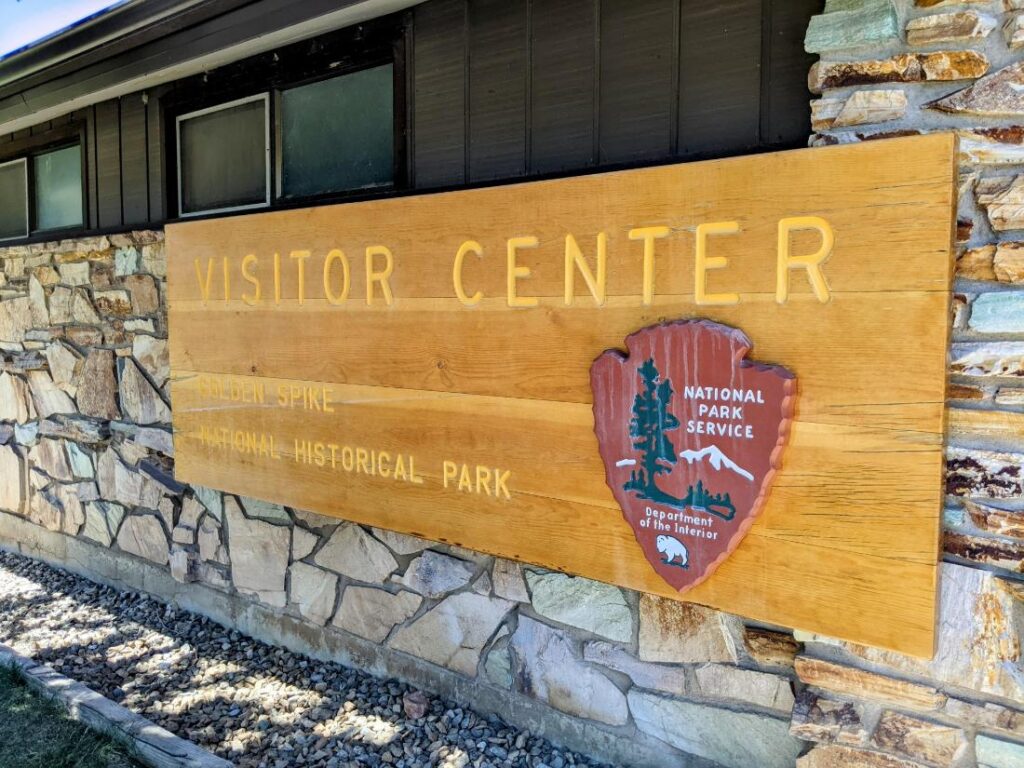
Golden Spike History
This is the spot where the last spike for the first transcontinental railroad system was driven in 1869. The Central Pacific Railroad laid track from California and over the Sierra Nevada mountains using mostly Chinese immigrant labor. (Since most of the usual workforce was busy panning for gold at the time.) From the east, the Union Pacific Railroad used a volatile mix of Irish, German, and Italian immigrants, Civil War veterans from both sides, former slaves, and even some Native Americans to lay almost 2000 miles of track through the native-controlled prairies. deserts, and rivers.
A ceremonial “golden spike” was driven linking the two efforts (though it was quickly removed and replaced with a normal one.) Never mind that it didn’t create a true coast-to-coast network, much less between port cities. Or that this Promontory Summit location would be bypassed completely by 1904. The driving of the last spike signaled the true end of the American Frontier.
Now, instead of spending six-plus months in a wagon train crossing into the western territory, you could make the journey in six to seven days. The trains delivered carloads of US Army men right into Indian country to defeat the natives and eradicate the buffalo herds they relied on. It was the nation’s biggest step in taming the West.
By 1942, the rails were taken up for the WWII effort and the spot was almost forgotten. Local residents erected a historic marker in 1943. And in 1957, congress established the Golden Spike National Historic Park to preserve the area around Promontory Summit. They relaid track on the old rail beds and commissioned replica trains of the original engines involved – the Central Pacific Jupiter and the Union Pacific #119.
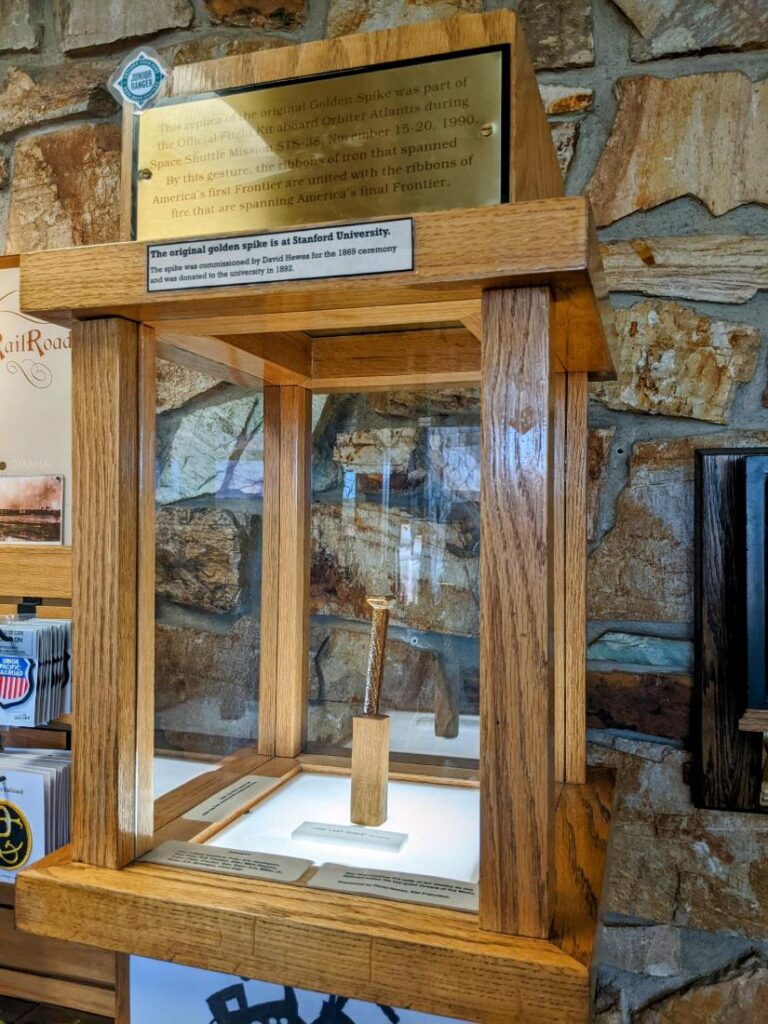
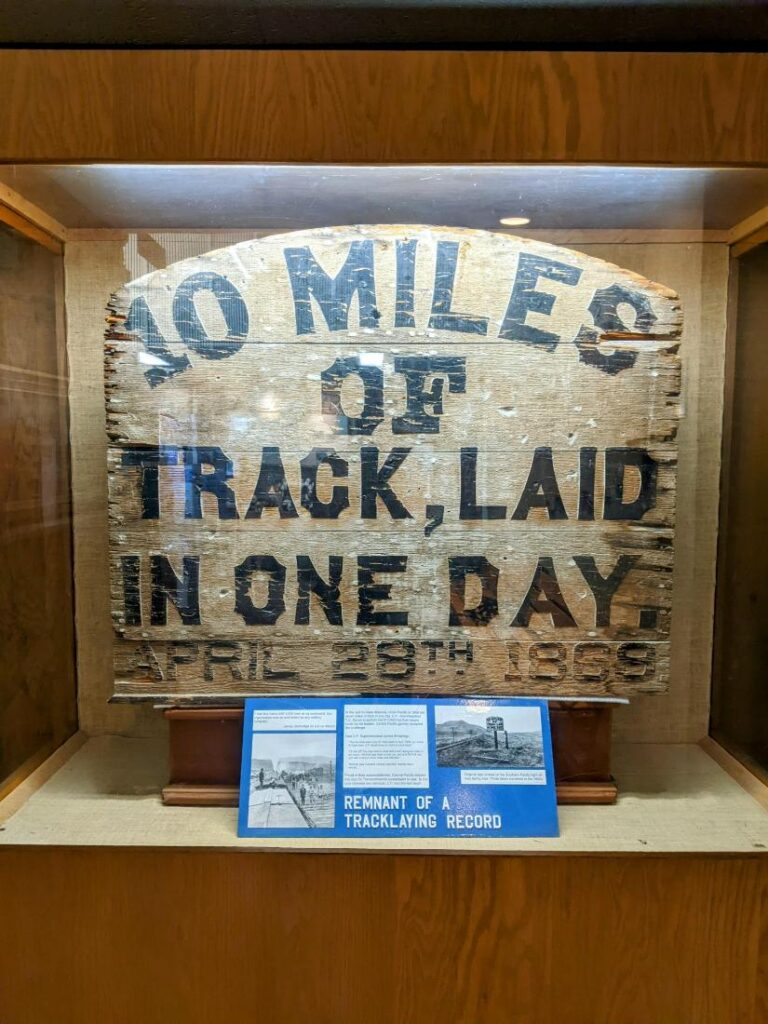
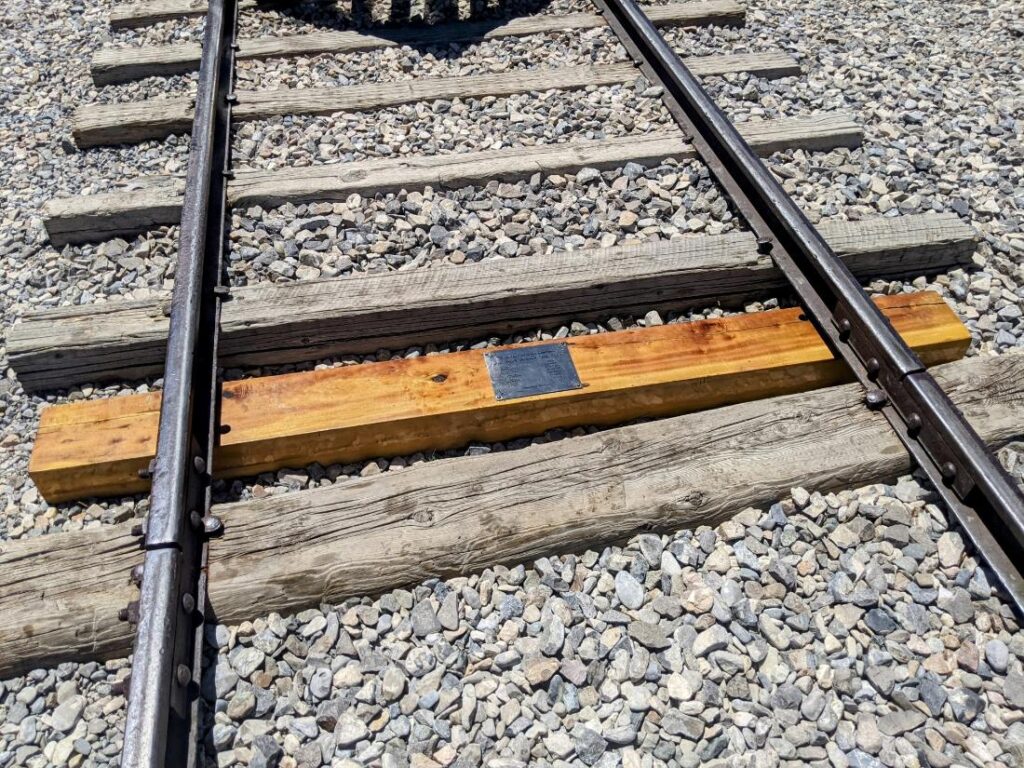
Visiting Golden Spike National Historic Park
Now, you can visit the site and see the replica trains, hear a ranger talk about the site, see a film, peruse some exhibits, and take a couple of driving tours on the property.
First of all, keep in mind that the Golden Spike National Historic Park is a full 30 minutes from the city of Corinne and closer to 4o minutes from Brigham City and any emergency services. Make sure to get gas, water, and any food you want before you set out. Cell signal is limited and they don’t offer wifi inside. The road is paved to the park, but anything beyond that and the driving tours are on gravel roads.
The actual Golden Spike area is pretty small. Once you park and walk in, it’s mainly a gift shop with an information and checkout counter. Make note of the day’s schedule on a board behind the counter – it will tell you when the trains arrive and when the ranger talk is. The 20-minute National Park film is pretty moving. It shows on the hour and the half-hour. Beyond that is an exhibit room with tools they would have used and what daily life was like.
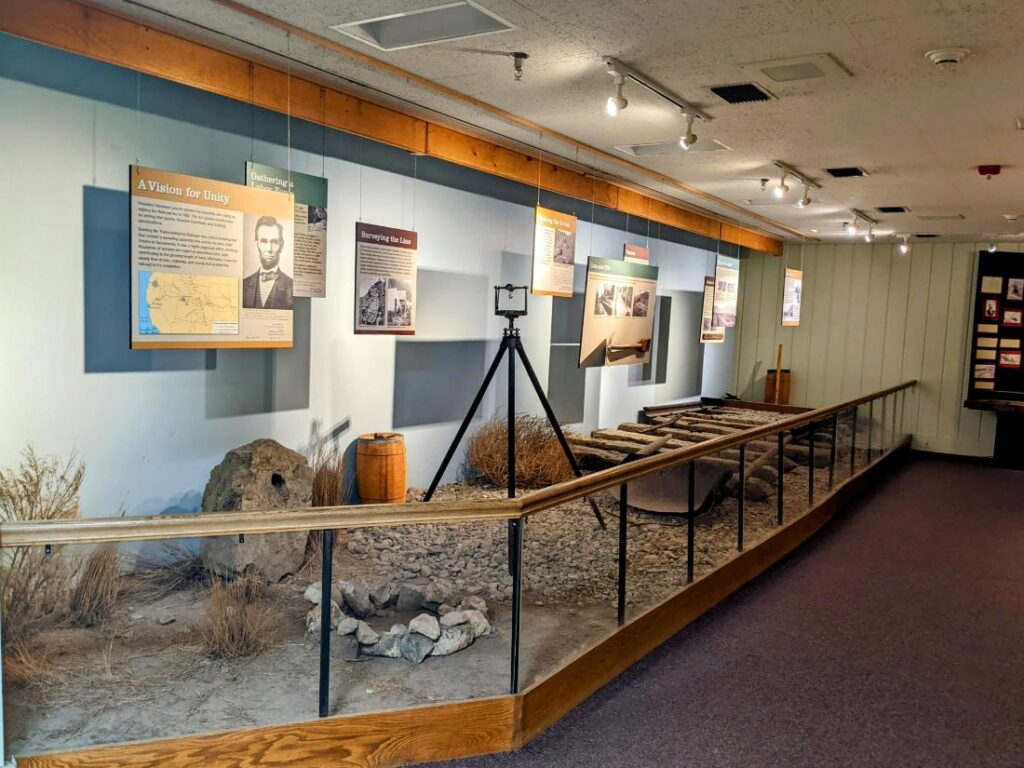
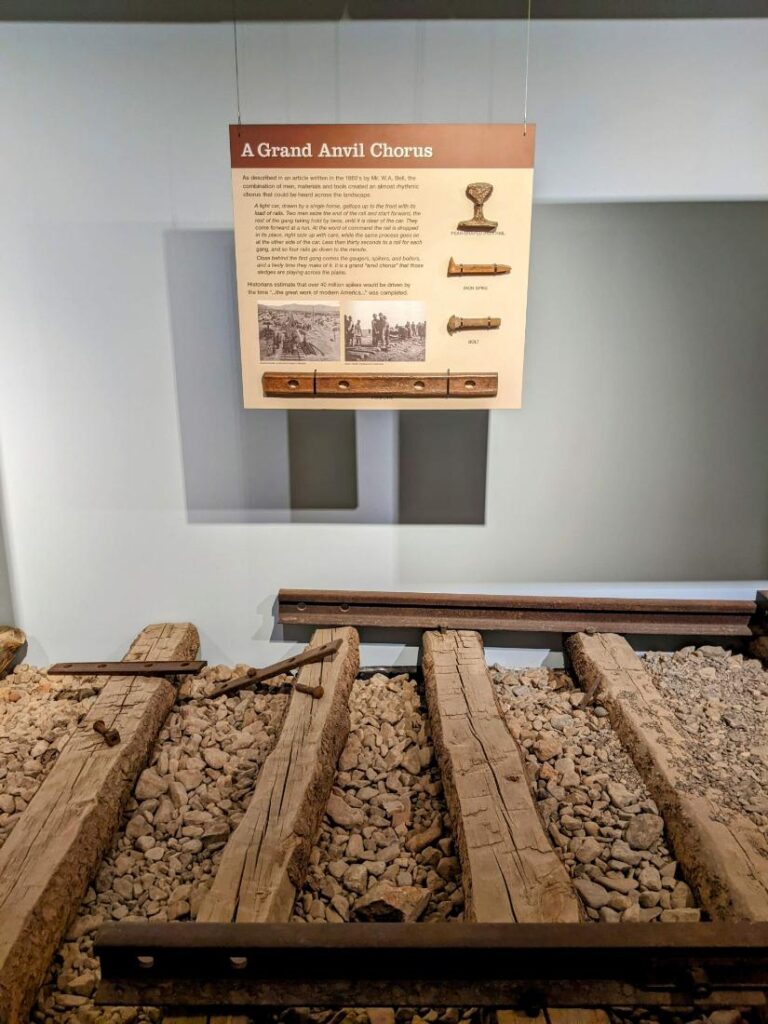
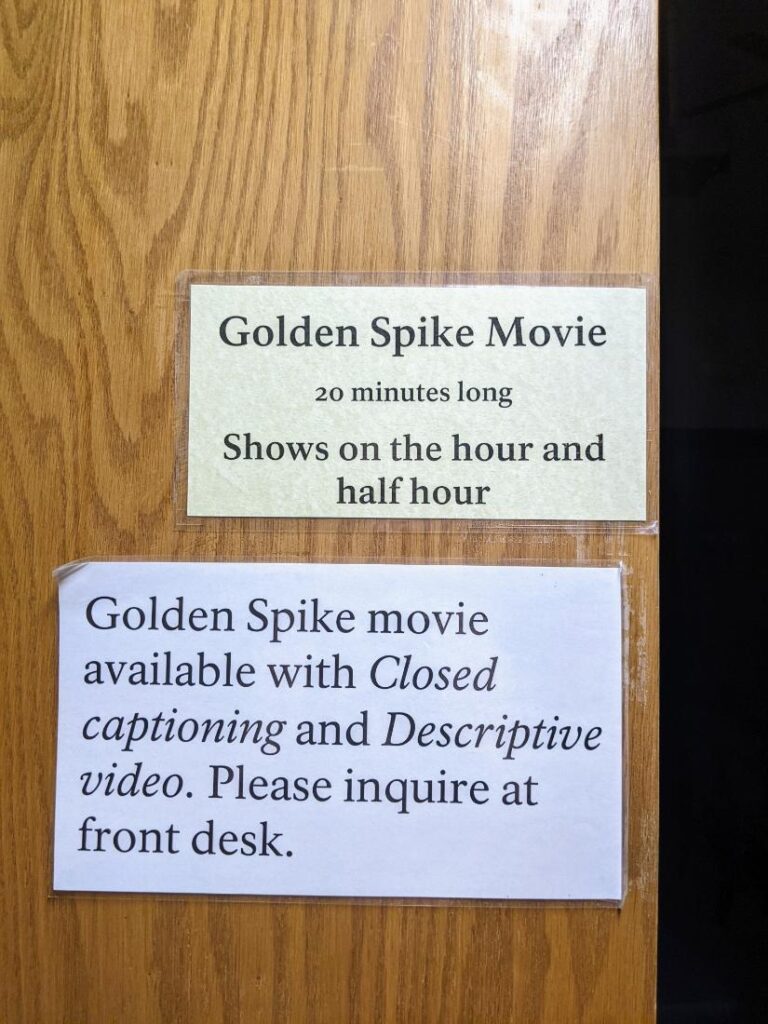
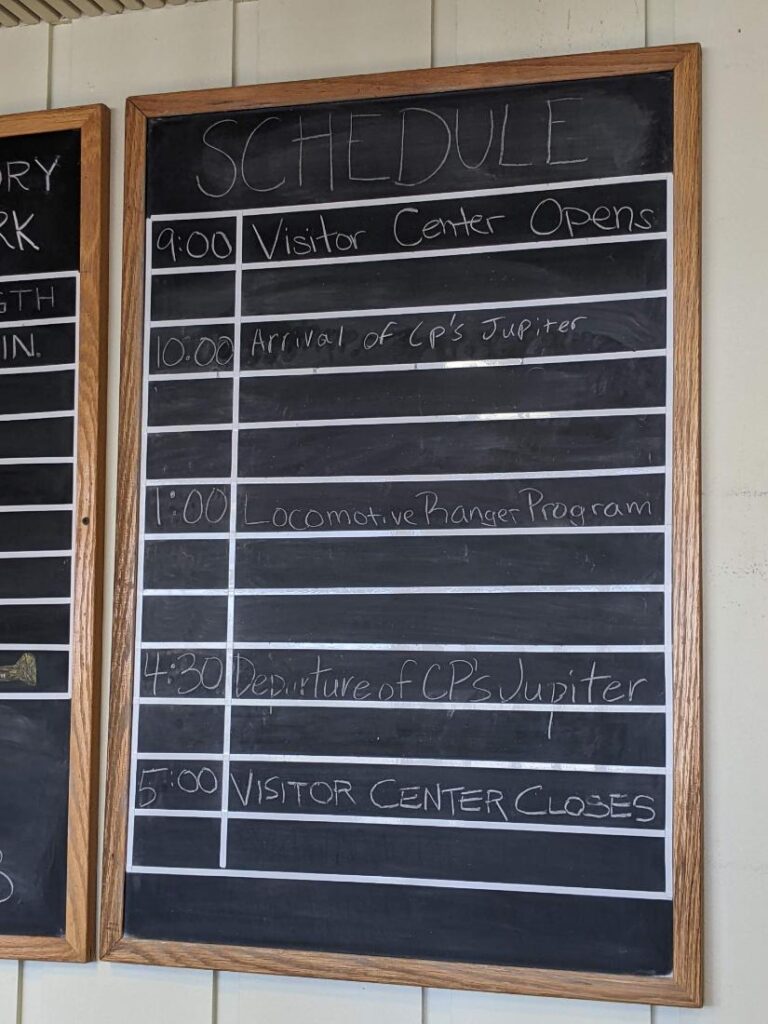
Activities
But the real attraction is out back. Parked behind the visitor center on the restored rail line are the beautiful Central Pacific Jupiter and Union Pacific #119 engines, stood face-to-face as they met in 1869. I managed to accidentally arrive in time for 1 pm ranger talk, when the #119 chugged down the track to meet the Jupiter on the track. And while I enjoyed the film inside more than the actual ranger chat, seeing the trains in full steam face off within feet of each other is not to be missed. I’m a little confused on when the trains arrive and depart, but the ranger demonstration seems to always be at 1:00 and I suggest you plan your visit around it. You can find the daily schedule here. It looks like costumed actors do more of a show if you visit on a Saturday.
The train demonstrations are a summer activity, featured from May 1 through Columbus Day in October. (And costume Saturdays are from Memorial Day to Labor Day.) In the winter, you can visit the trains in the Engine House. Year-round (mostly) are two auto tours along two miles of track to the east and seven miles on the west. The west auto track is closed for the winter, and either track is closed in inclement weather. Neither track is plowed when it snows. And finally, the 1.5-mile Big Fill Loop Trail is a walking/hiking trail past some of the biggest nearby features.
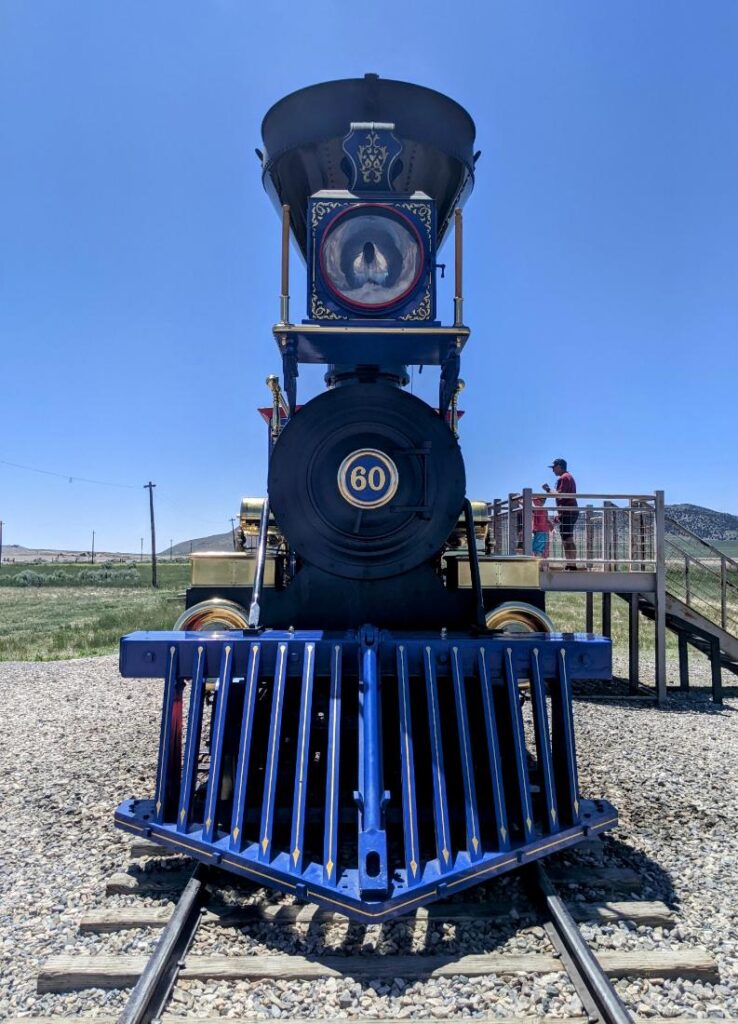
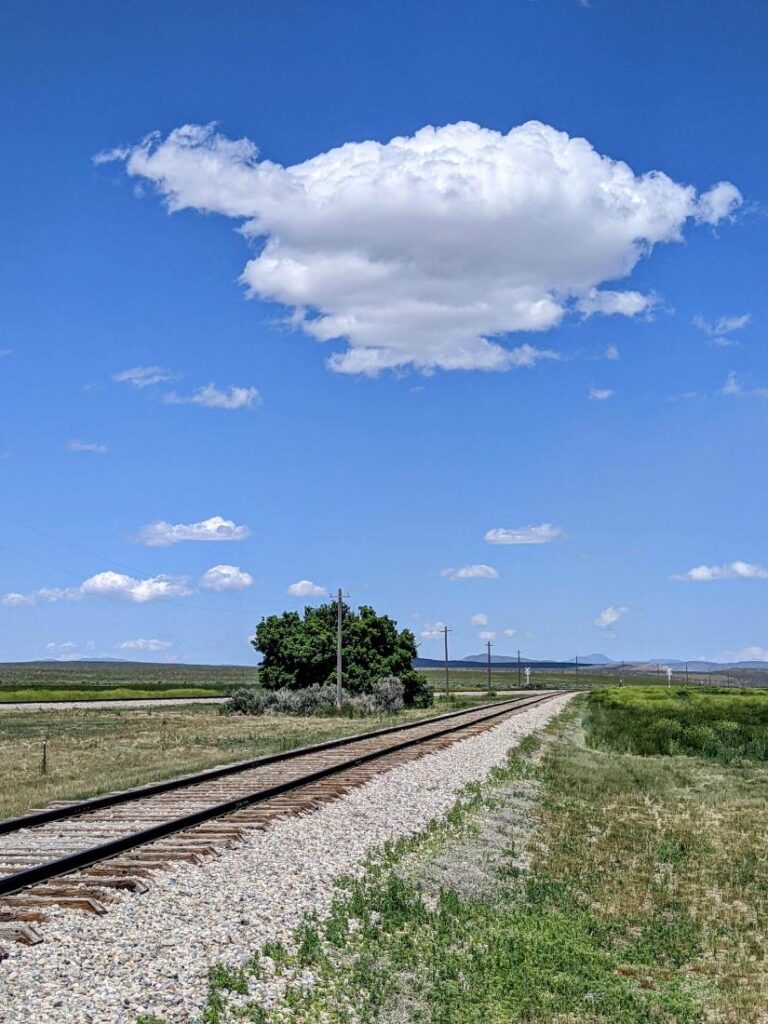
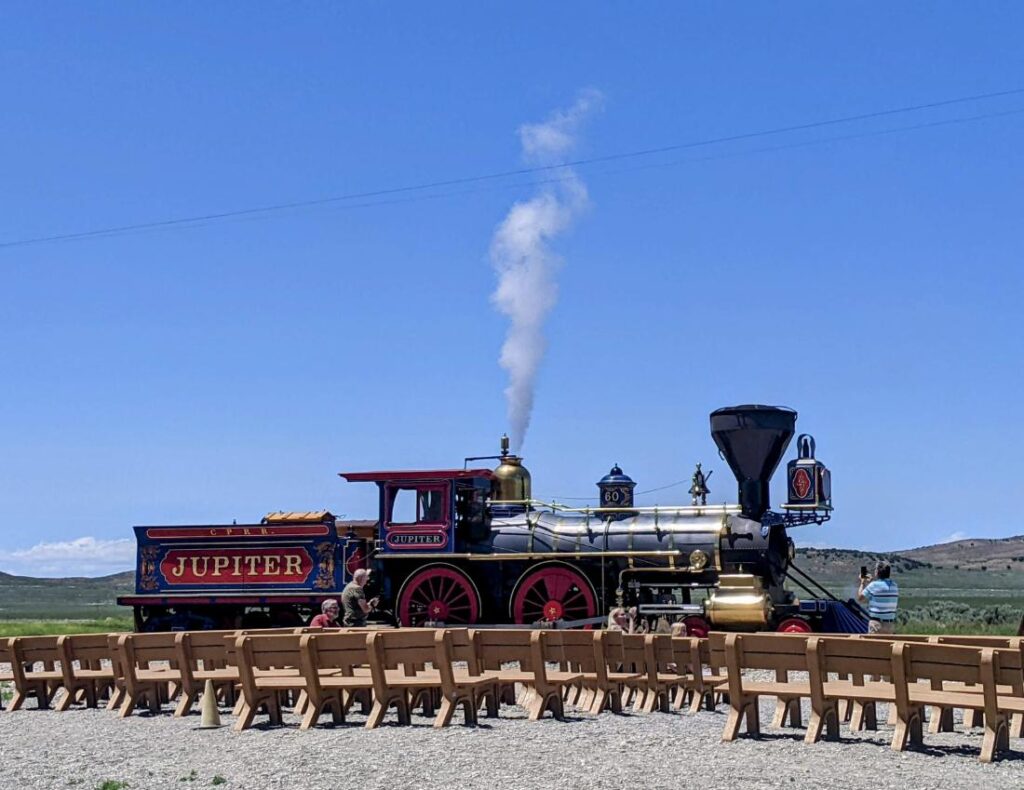
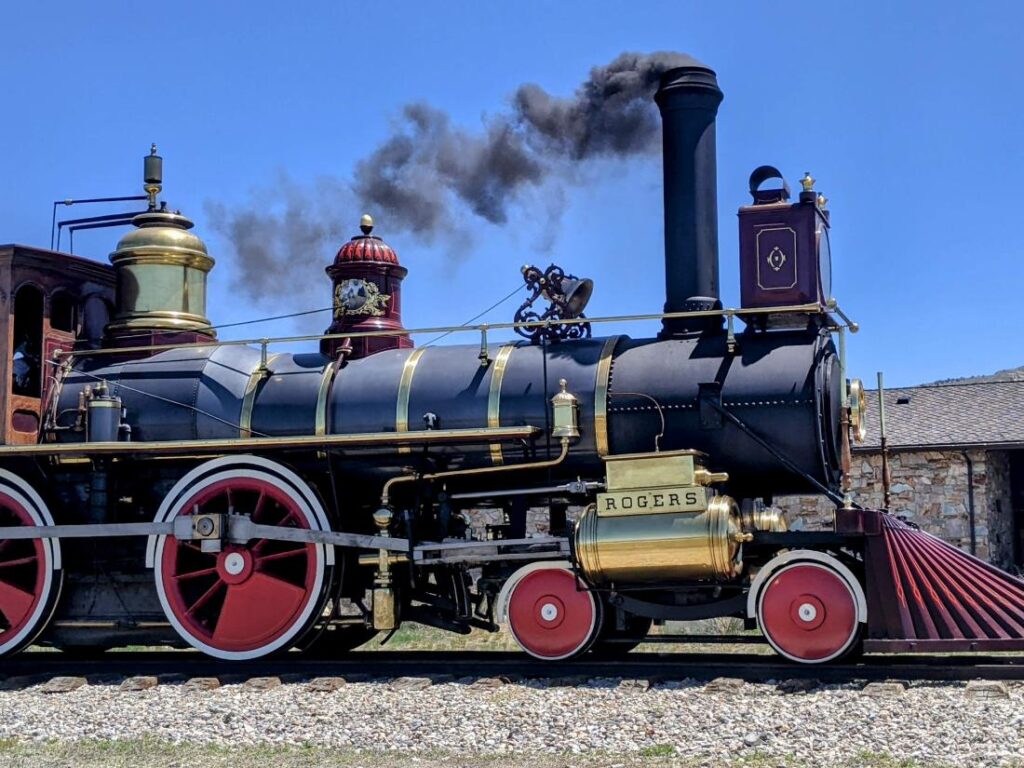
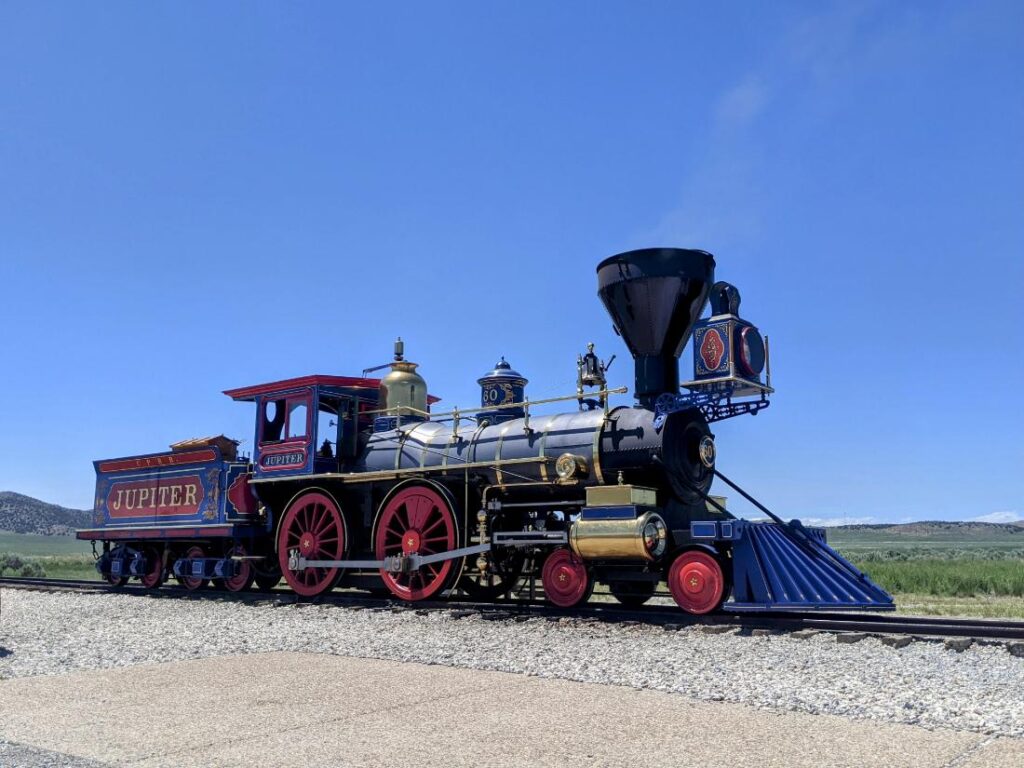
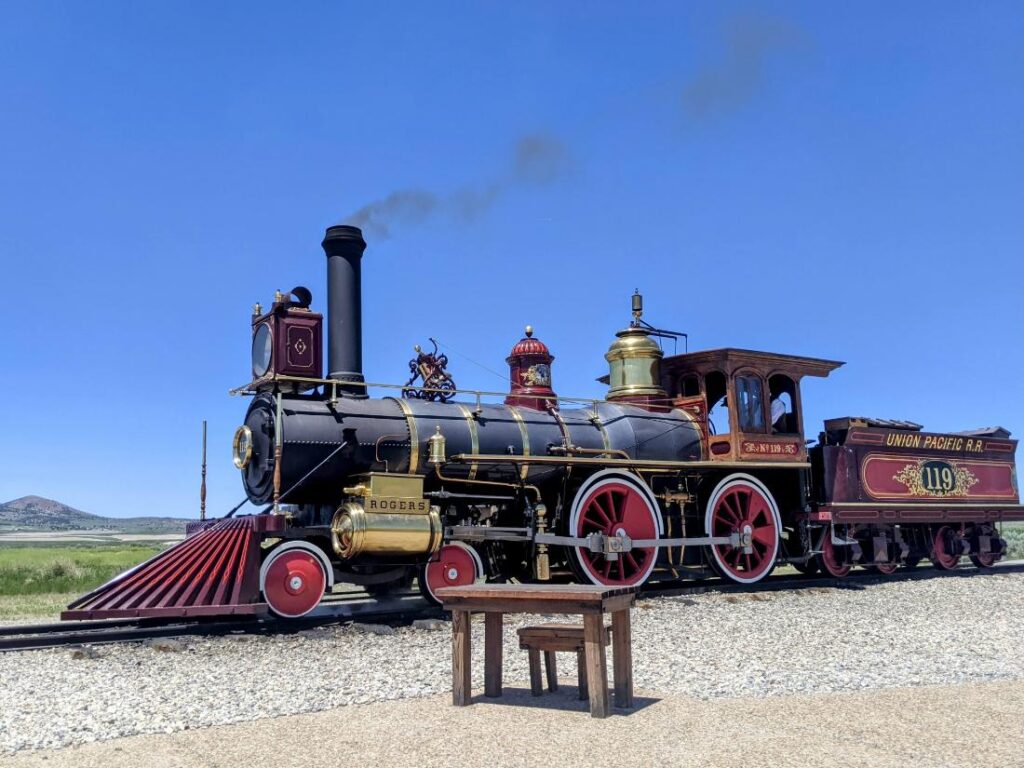
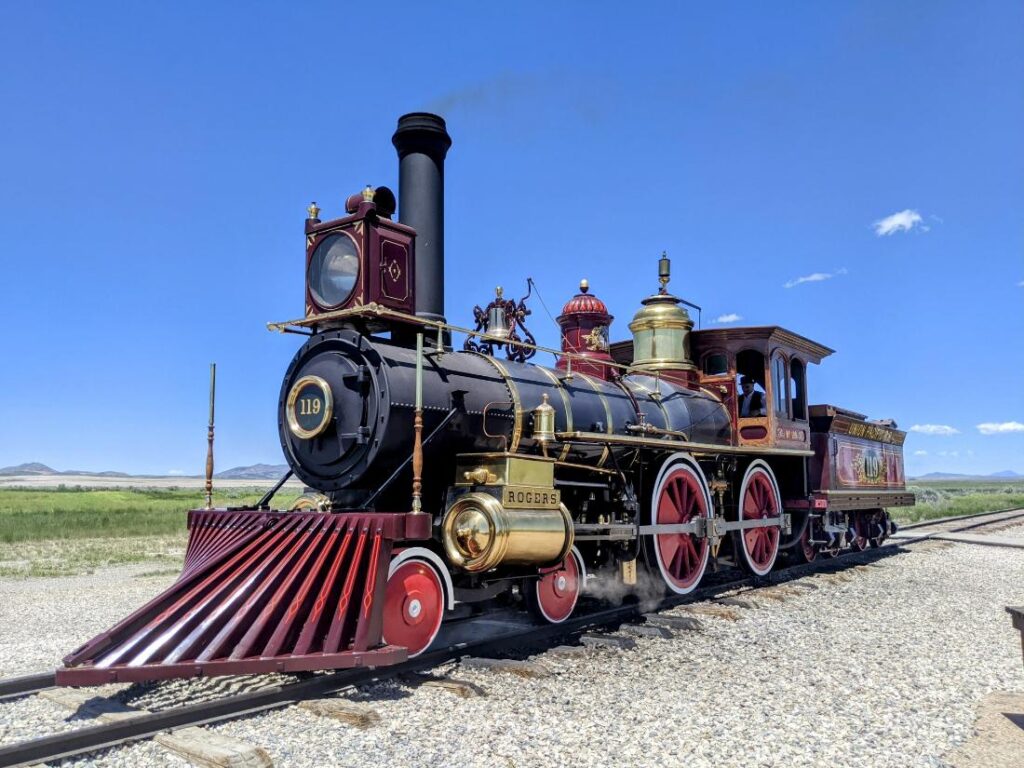
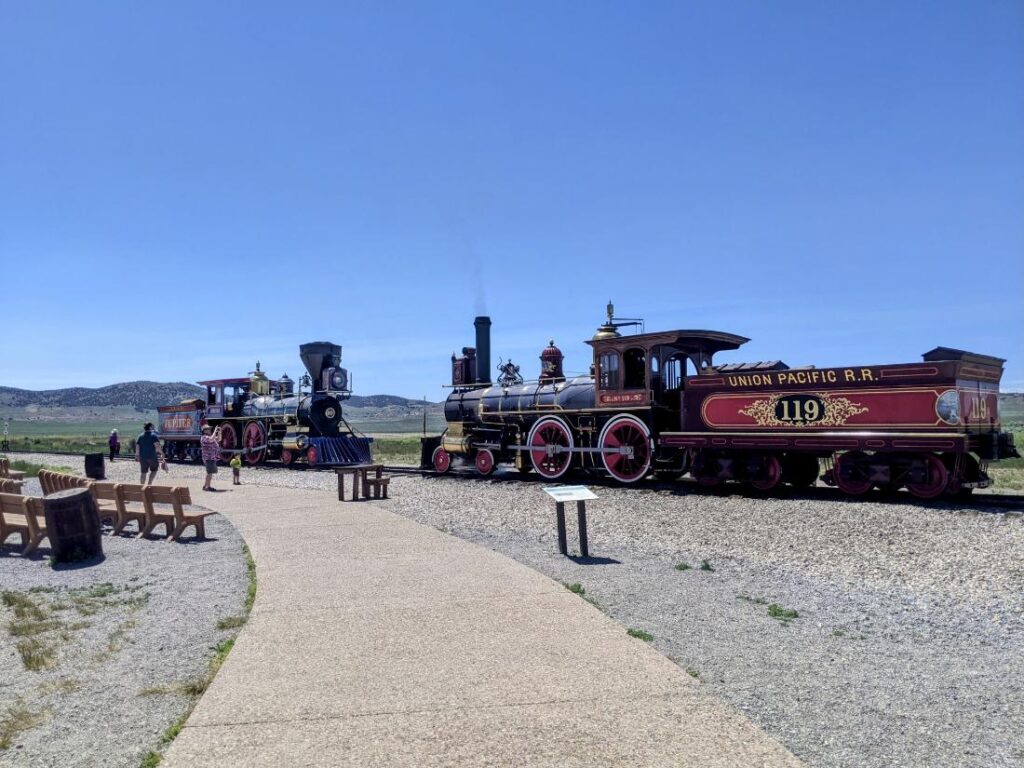
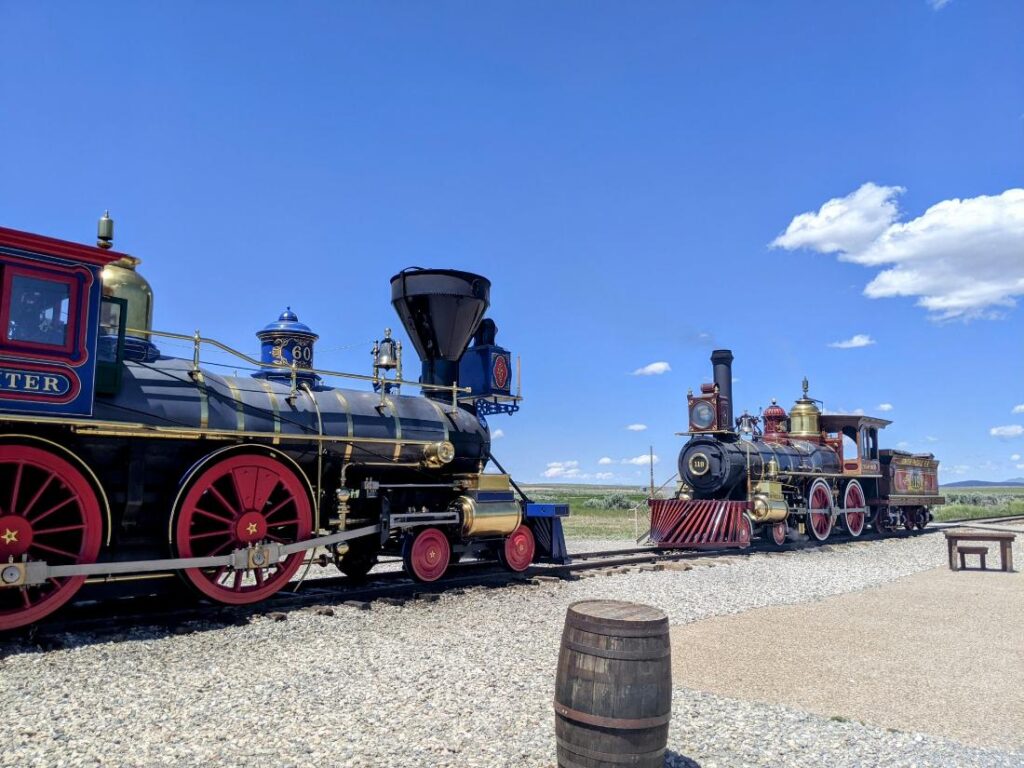
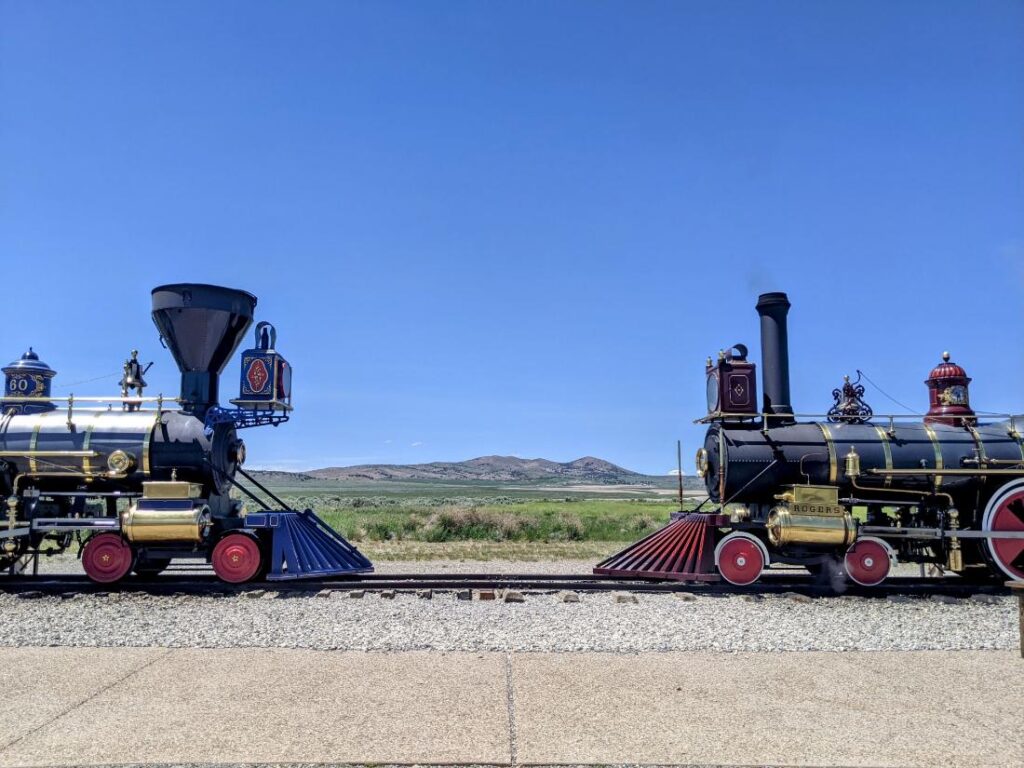
Hours & Admission
The Golden Spike National Historic Park is open daily from 9 am to 5 pm. Note that the trains don’t start showing up until at least 10 am. During the winter months (mid-October through mid-April) they are closed Tuesdays and Wednesdays. They’re also closed on New Year’s Day, Thanksgiving Day, and Christmas Day.
They charge admission, though you may have to track down someone to pay it. It’s $20 per car (which feels a bit harsh for someone traveling alone), $15 per motorcycle, and $10 per person if you hike or bike in. All in all, I’d say it’s worth it, but I would have much rather paid $10 than $20.
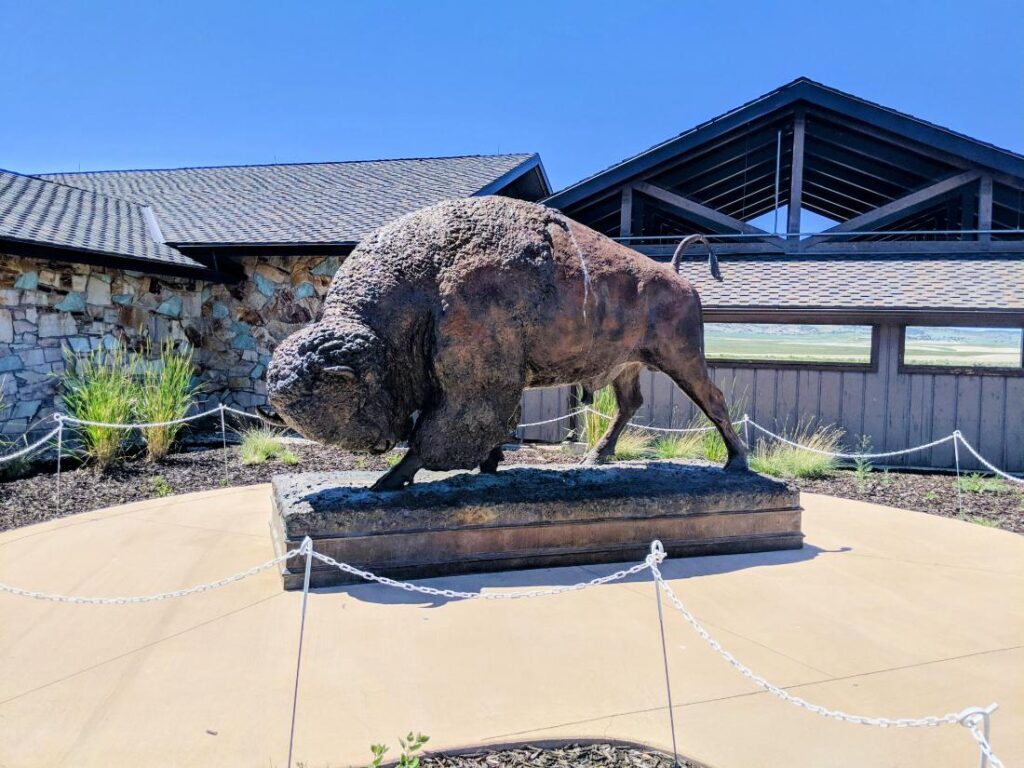
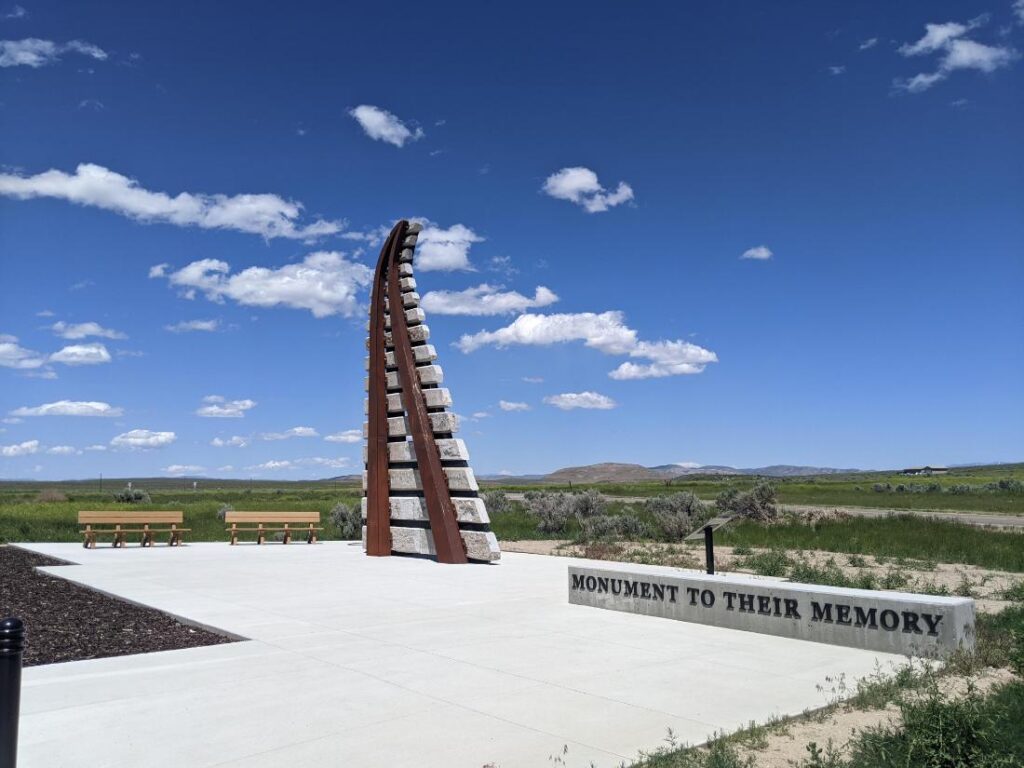
the buffalo herds and the immigrants who died working to build the track
Be First to Comment